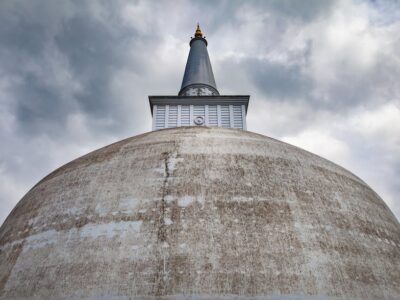
November is shoulder season in Sri Lanka. The rain and thunderstorms of the inter-monsoon season keep away the crowds, so visitors can enjoy lower prices and shorter lines. Consider traveling near the end of the month, when the weather in the southwest of the country starts to clear up.
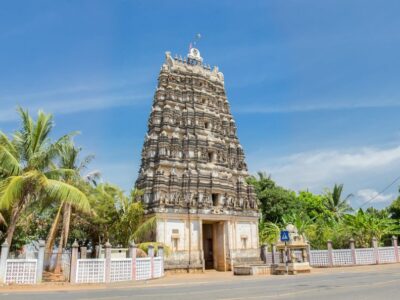
In August, the southwest monsoon is nearing its end in Sri Lanka. With lower rainfall than surrounding months and many tourists from the northern hemisphere on summer vacation, it’s a popular time to visit. Consider a trip to Trincomalee or Yala National Park for wildlife spotting, celebrate the Kandy Perahera, or witness one of the country's largest temple festivals in Jaffna.
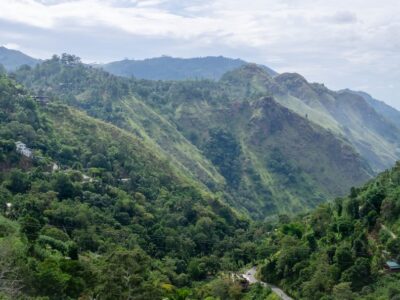
December is the beginning of Sri Lanka’s high season. The main tourist areas in the southwest will be cool and dry, and Buddhist pilgrims start flocking to the summit of Sri Pada, or Adam’s Peak. This is a great month to visit Colombo, Kandy, and the island’s most developed beaches.
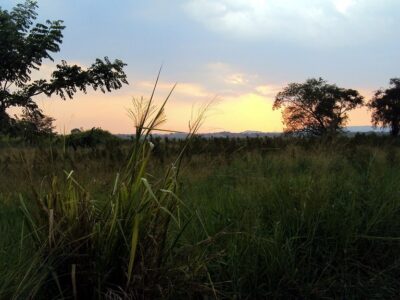
October is the beginning of Sri Lanka’s off-season, so visitors can expect to benefit from lower prices and shorter lines at the attractions. At this point, the summer crowds are gone and the winter ones haven't yet arrived. The inter-monsoon season brings intermittent rain and thunderstorms throughout the island.
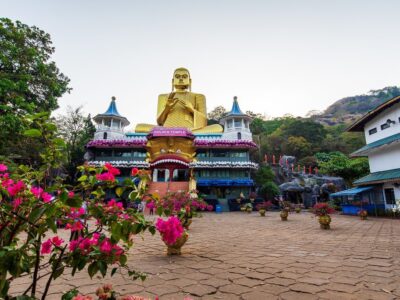
March is the last month for excellent beach weather in the southwest of the island, and the peak tourist season is winding down at this time along with the sunny skies. The Cultural Triangle is dry, and the north and east don’t receive too much rain this month, making it a great time to visit.
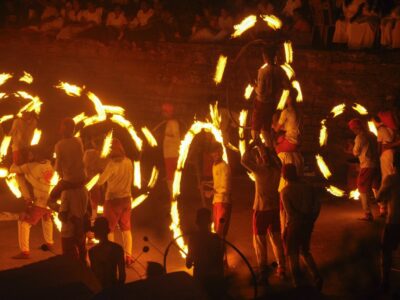
Sri Lanka’s two distinct monsoon seasons truly make it a year-round destination. While July is a wet month in southwestern Sri Lanka, the island’s northeastern half will be dry. This is a good time to explore national parks, wander along deserted beaches, and enjoy July’s colorful festivals.
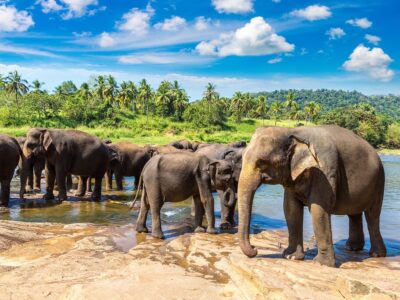
There's a lot to see in Sri Lanka—two weeks will allow you enough time to explore all the island's top sights or even travel to other countries in the surrounding area. However, you can still enjoy Sri Lanka in a shorter time frame. Five days is long enough to see the highlights or spend some time relaxing on the beach, while with seven days, you can go deeper and experience multiple regions.

April is considered a shoulder season in Sri Lanka. The weather's generally good during this month, although the southwest starts to experience heavy evening thunderstorms during this “inter-monsoon” period. Visitors to Sri Lanka in April can enjoy reasonable weather in both the north and south of the island, with fewer crowds than at other times of year.
